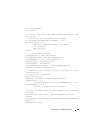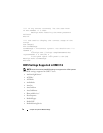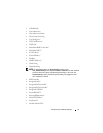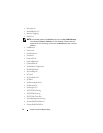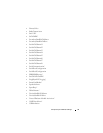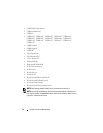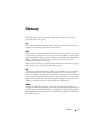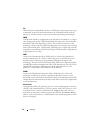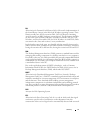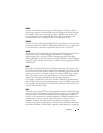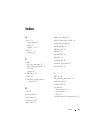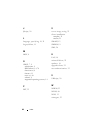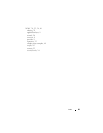
Glossary 77
DLL
Abbreviation for Dynamic Link Library which is Microsoft's implementation of
the shared library concept in the Microsoft Windows operating systems. These
libraries usually have the file extension DLL, OCX (for libraries containing
ActiveX controls), or DRV (for legacy system drivers). The file formats for DLLs
are the same as for Windows EXE files—Portable Executable (PE) for 32
-
bit
Windows, and New Executable (NE) for 16
-
bit Windows. As with EXEs, DLLs
can contain code, data, and resources, in any combination.
In the broader sense of the term, any data file with the same file format can be
called a resource DLL. Examples of such DLLs include icon libraries, sometimes
having the extension ICL, and font files, having the extensions FON and FOT.
DMI
The Desktop Management Interface (DMI) generates a standard framework for
managing and tracking components in a desktop, notebook or server computer.
Essentially, to the user, it is a table provided by the personal computer BIOS which
can be parsed and which gives information about the BIOS and the system in a
standardized way. Previously, such complete information was not available from
a standardized source in the PC.
Due to the rapid advancement of DMTF technologies, such as Common
Information Model (CIM), the DMTF defined an
"
End of Life
"
process for its
Desktop Management Interface (DMI), which ended 03/31/2005.
DMTF
Abbreviation for Distributed Management Task Force (formerly
"
Desktop
Management Task Force
"
). DMTF is a standards organisation that develops and
maintains standards for systems management of IT environments in enterprises
and the Internet. These standards allow building systems management
infrastructure components in a platform
-
independent and technology
-
neutral
way. They provide for systems management interoperability between IT products
of different producers, without costly transformations and adaptations.
DOS
Acronym for Disk Operating System.
ECC
Abbreviation for Error-Correcting Code. It is a code in which each data signal
conforms to specific rules of construction so that departures from this
construction in the received signal can be automatically detected and corrected.



